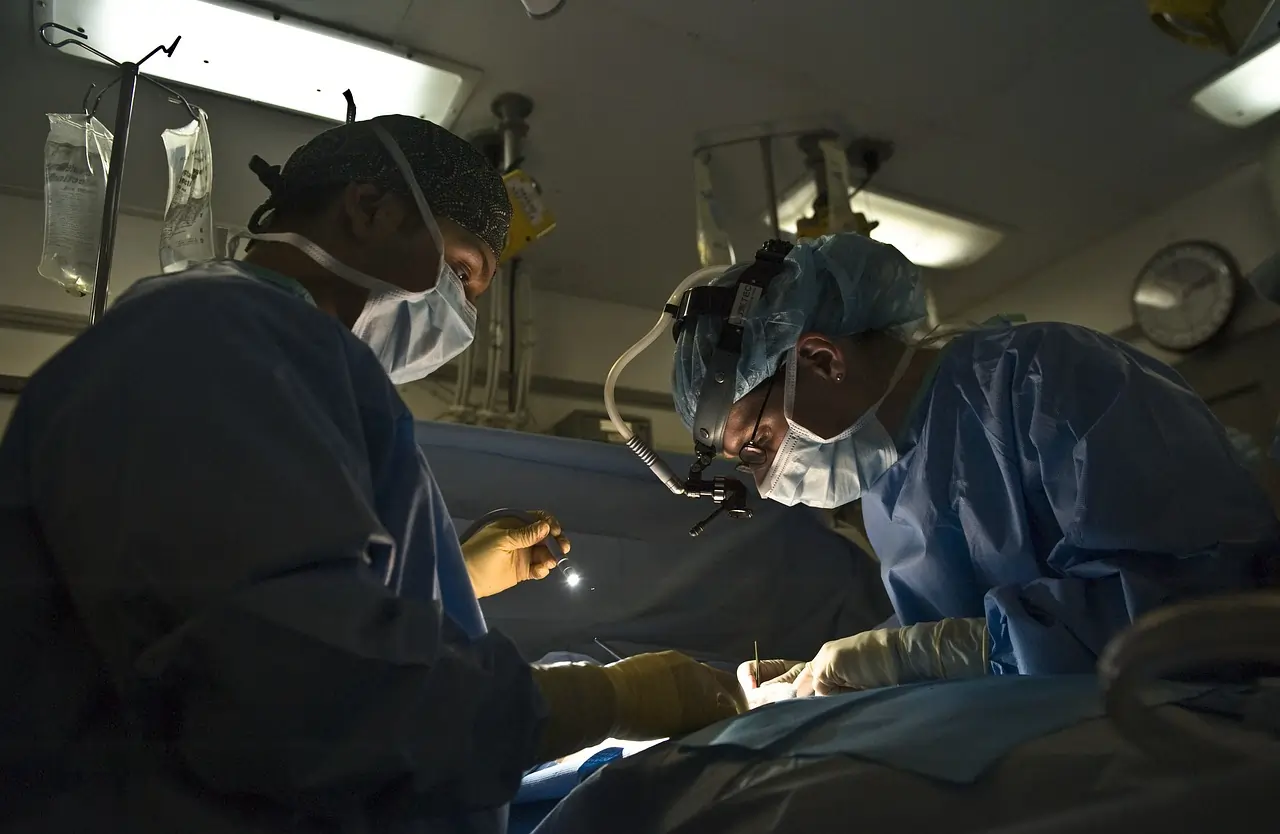Cytoreductive Surgery and HIPEC (CRS-HIPEC) to treat Stage 4 Gastrointestinal Cancers

Introduction
The peritoneum is a membrane that lines the inside of the abdomen and covers the abdominal organs. It helps to protect and support the organs and keeps them in place. The peritoneum is important for the immune system, temperature regulation, and the absorption and storage of fluids and nutrients. It has two layers, the inner parietal layer that lines the abdominal cavity and the outer visceral layer that covers the organs.
The cancers which affect the peritoneum are called peritoneal cancer.
Classification
Peritoneal cancers are broadly classified into primary and secondary.
Primary
Cancers which develop from the peritoneum like peritoneal mesothelioma and primary peritoneal cancers.
Secondary
Cancer usually starts in another organ in the abdomen and then spreads (metastasizes) to the peritoneum. Cancers which spread to the peritoneum include cancers of the ovary, colon, rectum, stomach, appendix, pancreas and gallbladder.
Cancer that spreads to the peritoneum from elsewhere in the body is classified as stage 4. It meant a dismal outcome for the patient. However, with modern treatment, many of these patients have better results.
Stage 4 gastrointestinal cancers
Gastrointestinal cancers, such as stomach, colon, rectal, pancreatic, gallbladder, liver and oesophageal cancers, are among the leading causes of cancer-related deaths worldwide and in India. These cancers often have a poor prognosis when patients present with advanced disease that has spread beyond the primary tumour to the peritoneum. The peritoneal disease is usually less responsive to chemotherapy and has limited treatment options.
Cytoreductive surgery (CRS) and Hyperthermic intraperitoneal chemotherapy (HIPEC) offer a potential alternative for some of these patients. As of now, this technique is beneficial in colorectal, stomach, appendiceal and primary peritoneal cancers with limited peritoneal spread. By surgically removing as much of the cancerous tissue as possible, CRS can reduce the tumour burden and improve the effectiveness of subsequent chemotherapy. HIPEC involves the delivery of heated chemotherapy directly to the abdominal cavity, which allows for higher drug concentrations and a longer exposure time. This can help to kill any remaining cancer cells.
Cytoreductive surgery (CRS) and Hyperthermic intraperitoneal chemotherapy (HIPEC)
Cytoreductive Surgery (CRS)
Cytoreductive surgery, also known as debulking surgery, is a highly specialised surgical procedure that is often used in combination with HIPEC to treat advanced cases of some cancer that have spread to the peritoneum.
The goal of this surgery is to remove as much of the cancerous tissue from the body as possible, to improve the chances of survival and reduce the likelihood of cancer recurrence. The aim is to have no visible cancer after surgery if possible.
Hyperthermic intraperitoneal chemotherapy (HIPEC)
CRS is often performed in combination with hyperthermic intraperitoneal chemotherapy (HIPEC), which involves the heated delivery of chemotherapy drugs directly to the peritoneal cavity.
Unlike systemic chemotherapy delivery, HIPEC delivers chemotherapy directly to cancer cells in the abdomen. This allows for higher doses of cancer chemotherapy treatment. Heating the solution also improves the effectiveness of chemotherapy drugs and destroys the microscopic cancer cells that can remain in the abdomen after surgery. The liver detoxifies the absorbed drug and hence there is less toxicity.
Together, these two treatments can help to improve the chances of survival and reduce the likelihood of cancer recurrence in patients with advanced cancers with limited peritoneal spread.
Following gastrointestinal cancers with limited peritoneal disease are treated with CRS-HIPEC
- Primary peritoneal cancer
- Peritoneal mesothelioma
- Appendiceal cancer
- Appendiceal mucinous neoplasm
- Pseudomyxoma peritonei
- Colon cancer
- Rectal cancer
- Stomach cancer
Work up
Before undergoing cytoreductive surgery, patients will typically undergo a thorough evaluation to determine if they are eligible for the procedure. This may include imaging tests, such as CT scans, MRI or PET-CT, to assess the extent of cancer, as well as blood tests and other laboratory tests to evaluate the patient's overall health.
Based on the results, your surgeon will determine if cytoreductive surgery is an appropriate treatment option.
Peritoneal carcinomatosis index (PCI)
Peritoneal carcinomatosis index (PCI) is a numerical score that is used to assess the extent of cancer that has spread to the peritoneum. The PCI score is calculated based on the number and size of tumours that are present in the peritoneum. A higher PCI score shows a greater extent of cancer spread in the peritoneum.
The PCI score is typically used to help determine the best treatment options for people with peritoneal cancer. A high PCI score may show that cancer has spread extensively throughout the peritoneum and is more difficult to treat.
Benefits of CRS-HIPEC
Cytoreductive surgery and HIPEC can be effective treatment for advanced cancers affecting the peritoneum and can help to improve the chances of survival and reduce the likelihood of cancer recurrence. However, the procedure is complex and can have significant side effects, so it is important to carefully weigh the potential benefits and risks.
Another potential benefit of cytoreductive surgery is that it can help to improve the quality of life for patients with advanced cancer. By removing as much of the cancerous tissue as possible, the surgery can help to ease symptoms such as abdominal pain, bloating, and difficulty eating, which can improve the patient's overall comfort and well-being.
Complications of CRS-HIPEC
Despite the potential benefits of CRS and HIPEC, the procedure is not without its challenges. It is a complex and time-consuming surgery that requires a highly trained surgical team and specialised equipment. The most common postoperative complications include anastomotic leaks, bleeding, pulmonary complications, and deep and soft-tissue infections. It is also not suitable for all patients, and careful selection of candidates is necessary to ensure the best possible outcomes.
Summary
In conclusion, CRS and HIPEC is a promising treatment option for gastrointestinal cancers that have spread to the abdominal cavity. While it is a complex and specialised procedure, it has been effective in improving overall survival and controlling the disease. Patients with advanced gastrointestinal cancers should discuss this treatment option with their healthcare provider to determine if it is right for them.
Wish you a speedy recovery!


